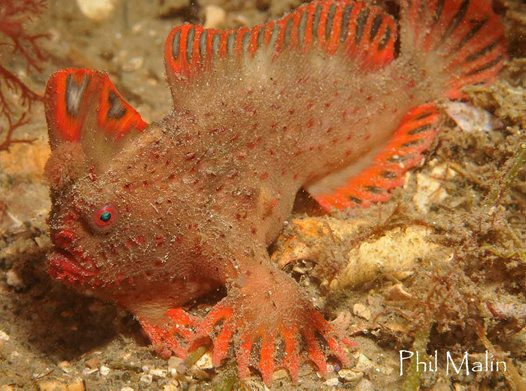Giant Kimberley marine park Once established later this year, the Great Kimberley Marine Park will take in coastal waters from Camden Sound to the Northern Territory border, an area of 30,000 square kilometres which is home to pristine coral reefs, marine turtles and the world’s biggest population of humpback whales. Draft plans show that only about onefifth of the park is set aside as sanctuary zone, also known as a no-take zone. Depending on who you talk to, it’s also a way of locking up fish, of creating Aboriginal jobs, a boost to the fledgling Kimberley ecotourism industry, a marketer’s dream. University of Western Australia marine scientist Jessica Meeuwig sees little protection in what she likes to call “paper parks”. She is critical that some WA marine parks, including one of the four under the Great Kimberley Marine Park banner, have no sanctuary zones. “Problematic is that recently established (Roebuck Bay) and proposed (North Lalang-garram) marine parks have no areas allocated to sanctuary zones, rendering them largely ‘paperparks’ with business as usual,” she wrote in a government submission. WA Fishing Industry Council, whose chief executive John Harrison argues that sanctuary zones lock up fish which were already being managed sustainably. “What are we protecting from what?” he asked. Dr Meeuwig, along with environmental groups like the Pew Charitable Trust and scientists, has long campaigned for marine parks to have at least 30 per cent no-take zones. Also questioned was why seismic testing was allowed in an area established for conservation. Seismic testing is also a concern for the Kimberley’s famous pearling industry, which operates within both state and Commonwealth marine parks at Eighty Mile Beach, in between Port Hedland and Broome. But if there is one issue that unites just about everyone, it is the opportunities for developing the potential of the Great Kimberley Marine Park as an ecotourism destination. The real economic value of conservation and tourism in the Kimberley was $100 million annually, with the cruise industry showing strong growth potential.
MARINE LIFE NETWORK
marinelifetassie@gmail.com
